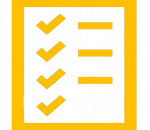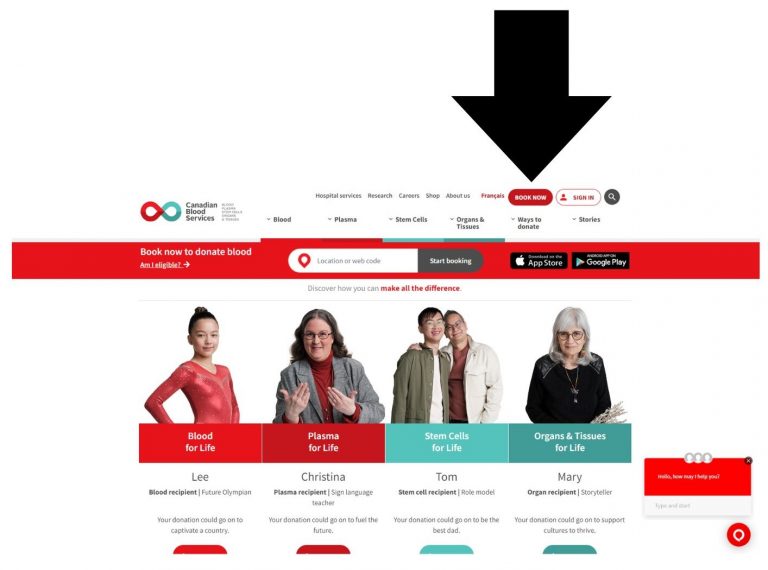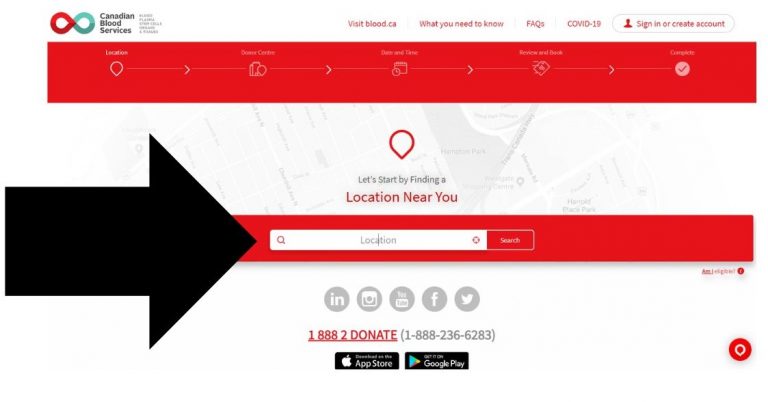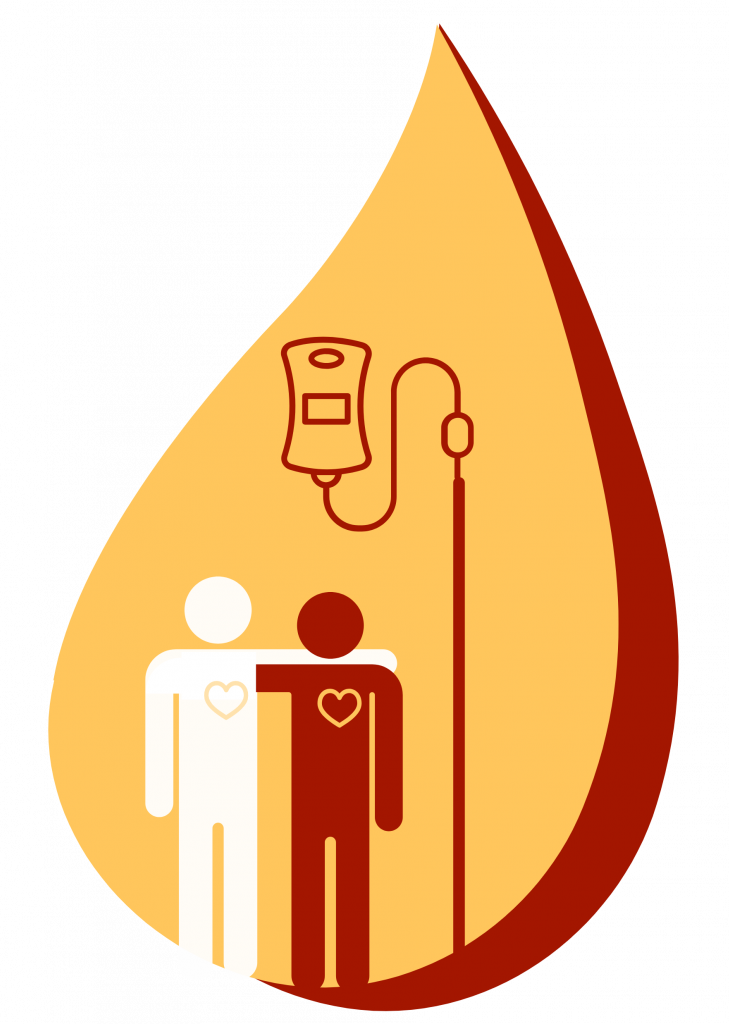How to Donate
Thinking about donation may bring up some painful feelings. YOU ARE NOT ALONE. The 2SGBTQ+ communities have had a long and painful history with Canadian Blood Services. Find support resources here.
How to Donate
Making an Appointment
To donate plasma:
1. Check your eligibility in advance!

2. Find your local plasma donor centre
There are a number of plasma donation centres across Canada – and given the need for plasma, Canadian Blood Services has announced opening even more in the coming years. However, some local blood donation centres also collect plasma! To find out if plasma donation is available near you:
a) Go to Blood.ca
b) Click on “Book Now” in the top right of the screen

c) Enter your location and click on search.

d) If you just want to search for plasma (and not whole blood) donation, un-select the “blood” option. Note: plasma donation is only available in some places, so you may not have any results for your search.

3. Check your local donor centre’s hours
You can find this information once you have found the donor centre near you that you want to book at.
4. Review this Canadian Blood Services webpage so you know what to expect and how to prepare.
If thinking about donation or if going to Canadian Blood Services is triggering for you but you’re determined to donate, check out the What Can I Expect When Donating Plasma? section below for resources. It will give you a sense of how you can prepare.
5. Book your appointment online
Set up an account at myaccount.blood.ca and book your donation. (You can see what information is needed to set up an account before you create one)
You can also book an appointment using Canadian Blood Services’ GiveBlood app or by calling 1-888-2-DONATE (1-888-236-6283).
6. Go and donate!
7. Celebrate! Feel great about having helped someone in need.
Are there ideal conditions for me to donate?
Our research team was asked this question a lot in interviews. Canadian Blood Services recommends that before donating, ideally, you’ll want to be:
- Well-rested
- Hydrated
- Feeling well (i.e., in good general health)
- Not hungry (You are encouraged to eat before your appointment, especially an iron-rich diet. Try to avoid fatty foods though.)
We’ve confirmed with Canadian Blood Services nurses that you can exercise before donating plasma, but you should take it easy for 24 hours after donating to avoid straining your body. If you really want to exercise afterward, stick to lighter forms and avoid heavy lifting or strenuous exercise.
All this information is listed in the donor pamphlet that all donors are given to read in the centre before donating.
